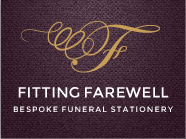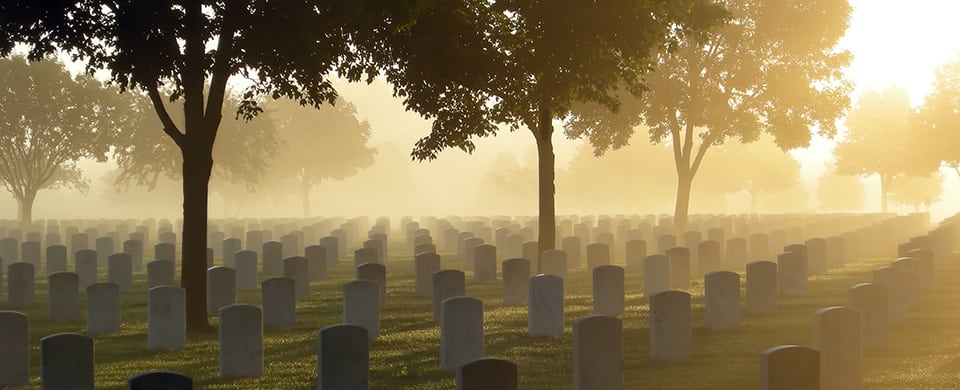Funerals Explained: Traditional Burial
In this short series of articles, Funerals Explained we look at the Traditional Burial. Until relatively recently a traditional burial would have been the expected format of a funeral. However, cremation has now taken over as the most popular form funeral, but still, for many, a burial is preferred. So what should you expect from a traditional burial?
A Quick History
Burials are also referred to as interments and basically involved laying the deceased to rest in the ground. Traditionally this would have been within the grounds of a church, but as these filled up, graveyards were opened. In some cultures and beliefs, burial is essential. This is the way the person crosses to the afterlife. Cremation would prevent this from happening. Family burial plots were also a favourite thing. Often family members purchased space for a group of people to be laid to rest together. Following the death of a child parents sometimes buy a plot for themselves so they may lay in eternal rest together forever. Graves will be marked with gravestones that can be engraved. Some plots will allow for more adornments, but this will depend on the plot and location. Your funeral director will arrange for the plot to be purchased for you if needed.
The Funeral Service
Burials tend to have a connection to the church, so it is more common to see mourners being invited to a traditional church service with the interment taking place afterwards. The coffin will be carried into the church, often with the immediate family following at the beginning of the service, and taken out at the end to the graveside. Sometimes this is quite a drive from the church. The family may ask that the interment is private. In this instance, the majority of mourners are asked to proceed to the wake. If you are invited to the burial, you should take care to allow the close family to take their place first. The family will go with the funeral directors and the vicar to the grave and continue their farewell. The service can be held in any premises so if there is no connection to a church. A non-religious celebrant can oversee the service which can be in a village hall or other building.
At the Graveside
The burial can be completely simple and silent, or the family may ask the vicar or celebrant to continue the service at the point of interment. Traditional words are available as the coffin is lowered and family can throw earth onto the coffin as they say their final goodbye. The throwing of dirt symbolises the mourners are releasing the body back to the earth.
With a burial, the deceased may have items included with them, such as jewellery or personal effects. The deceased can be dressed in an outfit chosen by the family as in all forms of a funeral in the UK. Once the coffin has been lowered the mourners would then traditionally leave the graveside while the grave workers entirely bury the coffin. As machines are often used to move the earth, this is done more discretely once everyone has gone. A gravestone will be erected days later creating a permanent memorial for the family.
Funeral Order of Service
Some families like to have a printed funeral order of service at a funeral. Fitting Farewell have created thousands of funeral order of service with many different themes. We work directly with families and also funeral directors. Our designers have the expertise and skills to create the funeral order of service you want for your loved one. We can create a bespoke design, print and deliver within 3 working days. You work directly with a designer, not from online templates, to create something very special.
Call us on 0800 612 6484, which is free from a landline, or email us via our contact form.
Comments are closed.

